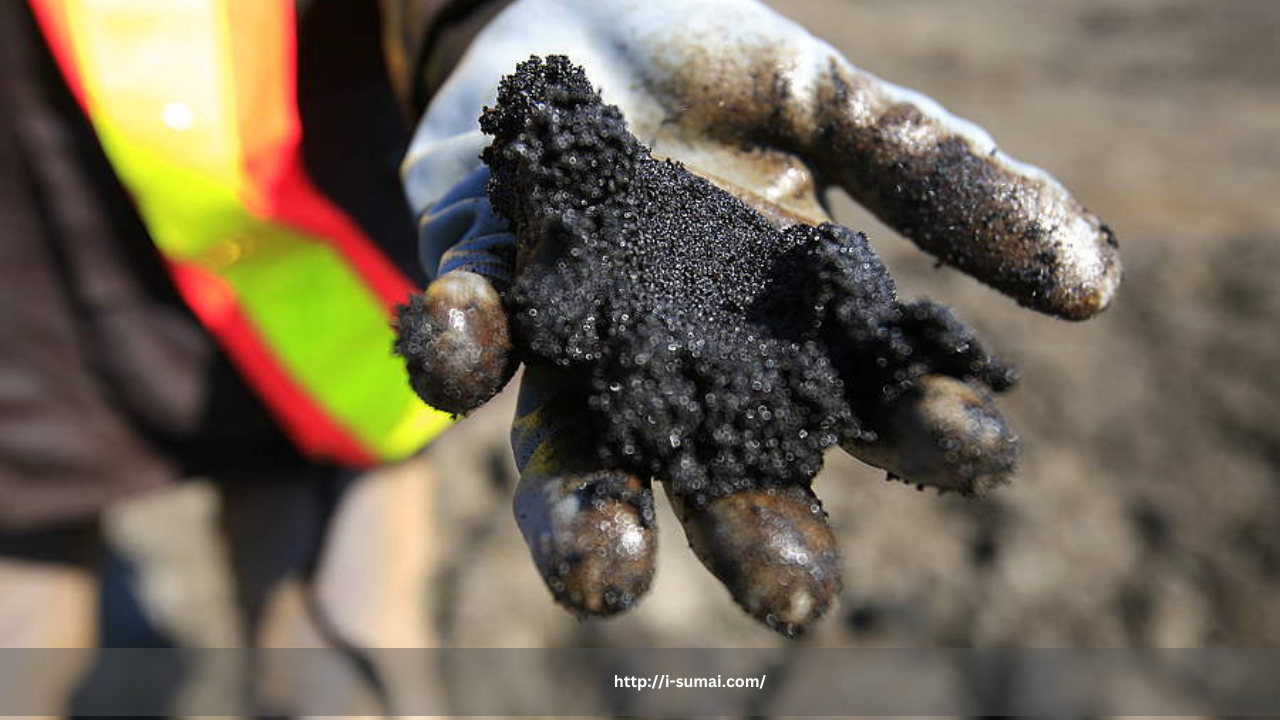The Canadian oil sands industry is a vital component of the national economy, providing employment to thousands of workers in extraction, processing, and transportation. However, the demanding nature of oil sands work—long shifts, remote job sites, and physically grueling labor—has contributed to high rates of substance abuse among workers. In response, industry leaders, government agencies, and health organizations have begun implementing measures to address addiction and support affected employees.
Understanding the Problem
Substance abuse in the oil sands is often driven by a combination of workplace stress, isolation, and mental health challenges. Workers in this sector typically follow rotational schedules, spending weeks at a time away from family and social support systems. The lack of recreational activities in remote camps can lead some to turn to alcohol, opioids, or stimulants as a means of coping with stress and fatigue.
Furthermore, the physically demanding nature of the job increases the risk of workplace injuries, often leading to the prescription of painkillers. Opioid dependency has become a significant issue, with some workers developing addictions that persist even after their injuries heal. Additionally, the culture of “toughness” in the industry can discourage employees from seeking help, further exacerbating the problem.
Industry and Government Response
To address substance abuse among oil sands workers, various organizations have introduced policies and support programs aimed at prevention, intervention, and rehabilitation.
1. Drug and Alcohol Testing Policies
Many oil sands companies have implemented stringent drug and alcohol testing protocols. These include pre-employment screening, random drug testing, and post-incident testing. While these policies help maintain safety in high-risk work environments, critics argue that they should be paired with more comprehensive support systems to assist workers struggling with addiction.
2. Employee Assistance Programs (EAPs)
Recognizing the importance of mental health and addiction support, many employers have established Employee Assistance Programs (EAPs). These programs provide confidential counseling, addiction resources, and referral services to employees in need. EAPs aim to break down the stigma around seeking help and offer a pathway to recovery for those struggling with substance abuse.
3. Harm Reduction and Overdose Prevention
In response to the opioid crisis, some oil sands camps have introduced harm reduction strategies. These include the distribution of naloxone kits to counter opioid overdoses and the implementation of peer support networks where workers can seek help in a non-judgmental environment. Additionally, some companies have partnered with healthcare providers to offer on-site addiction counseling and medical treatment.
4. Rehabilitation and Return-to-Work Programs
For employees undergoing addiction treatment, some companies offer structured return-to-work programs. These initiatives provide recovering workers with additional support, monitoring, and therapy to help them reintegrate into the workforce successfully. By emphasizing rehabilitation rather than punishment, these programs aim to reduce relapse rates and promote long-term recovery.
Looking Ahead
While significant strides have been made, continued efforts are necessary to combat substance abuse in the oil sands. Moving forward, industry leaders must prioritize mental health initiatives, expand access to treatment resources, and foster a workplace culture that encourages open discussions about addiction. By doing so, the oil sands sector can create a safer and healthier environment for its workers while ensuring the industry’s long-term sustainability.
